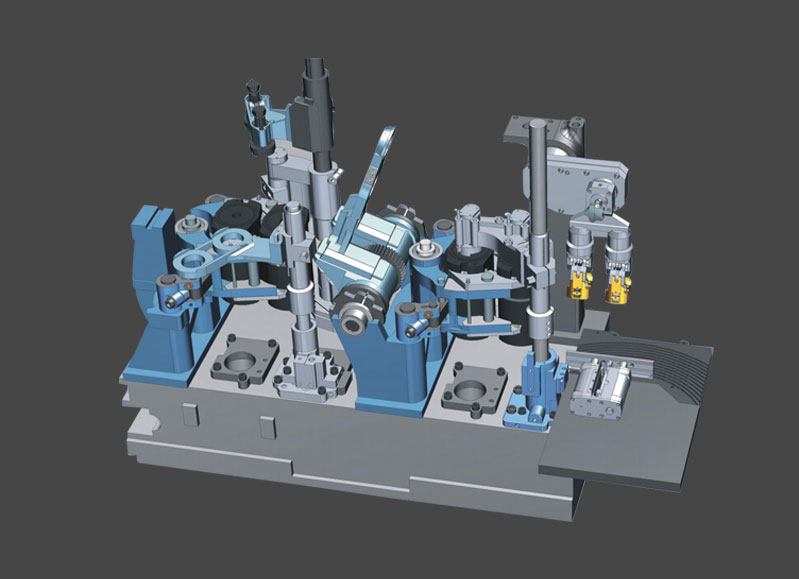A stroke pusher refers to a mechanical or pneumatic device used to push or propel objects in a linear motion. It typically consists of a piston or actuator that moves back and forth along a fixed path, pushing or pulling objects with each stroke.
The stroke pusher is commonly used in various industrial applications, such as assembly lines, packaging, material handling, and automation systems. It is designed to provide controlled and precise linear movement to move objects from one location to another or perform specific tasks.
The stroke pusher can be powered by different mechanisms, including pneumatic (compressed air), hydraulic (fluid pressure), or electric (motor-driven). The choice of power source depends on the specific requirements of the application and the desired force or speed of the pushing motion.
The stroke pusher can be integrated into a larger system or used as a standalone device, depending on the needs of the application. It is often used in conjunction with sensors, control systems, and safety mechanisms to ensure accurate and reliable operation.
Overall, the stroke pusher is a versatile device that provides linear motion for pushing or pulling objects and finds application in various industries where precise movement and positioning are required.
Proper maintenance of
stroke pushers helps ensure their optimal performance and longevity. Here are some general maintenance tips for stroke pushers:
Regular cleaning: Keep the stroke pusher clean and free from dirt, debris, and contaminants. Clean the exterior surfaces using a soft cloth or brush. Avoid using abrasive materials or harsh chemicals that could damage the components.
Lubrication: Check the manufacturer's recommendations for lubrication requirements. Apply lubricants as specified to the moving parts or points of friction to ensure smooth operation. Use the appropriate lubricant recommended by the manufacturer.
Inspection and adjustment: Periodically inspect the stroke pusher for any signs of wear, damage, or misalignment. Check for loose screws, bolts, or connections and tighten them as necessary. Ensure that all components are properly aligned and functioning correctly.
Replacement of worn parts: Over time, certain parts of the stroke pusher may wear out or become damaged. Replace any worn or damaged parts promptly using genuine replacement parts provided by the manufacturer. Follow the manufacturer's instructions for part replacement or seek professional assistance if needed.
Seal and gasket maintenance: If the stroke pusher has seals or gaskets, inspect them regularly for wear or damage. Replace any worn or damaged seals or gaskets to prevent leakage or loss of performance.
Safety checks: Ensure that all safety features, such as emergency stop buttons or safety interlocks, are functioning properly. Test and verify their operation regularly to maintain a safe working environment.
Documentation and records: Keep a maintenance log or record of maintenance activities, including dates of inspections, lubrication, repairs, and parts replacements. This documentation can help track the maintenance history and schedule future maintenance tasks.
Professional servicing: If you encounter any complex issues or if the stroke pusher requires extensive maintenance or repairs, it is advisable to contact the manufacturer or a qualified service technician for assistance. They have the expertise and knowledge to diagnose and address any technical problems.
Remember to always consult the manufacturer's guidelines and recommendations for specific maintenance requirements and intervals for your particular stroke pusher model. Following the manufacturer's instructions will help ensure the safe and efficient operation of the stroke pusher.



 English
English 中文简体
中文简体.jpg?imageView2/2/w/569/h/569/format/jp2/q/75)
.jpg?imageView2/2/w/569/h/569/format/jp2/q/75)
.jpg?imageView2/2/w/569/h/569/format/jp2/q/75)



 Jul 23,2024
Jul 23,2024
 +86-575-87637902
+86-575-87637902 +86-13606564271
+86-13606564271
 No. 20, Sanfeng Road, Diankou Town, Zhuji City, Zhejiang Province, China
No. 20, Sanfeng Road, Diankou Town, Zhuji City, Zhejiang Province, China